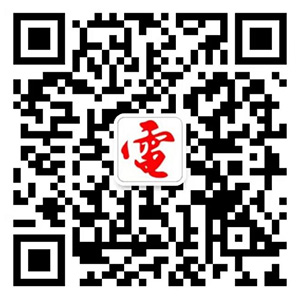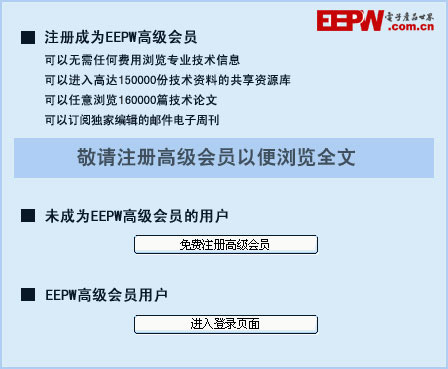如何選擇和開發(fā)DeviceNet系統(tǒng)
DeviceNet是一個簡單的網(wǎng)絡化解決方案,降低了成本及安裝設備和配線的時間,并提供良好的互換性,使得多家供貨商的產品可以像組件一樣可以互換。DeviceNet是一個開放的網(wǎng)絡標準。其規(guī)范和協(xié)議都是開放的。供貨商不必購買硬件,軟件,或許可權限,就可以把設備接入一個DeviceNet系統(tǒng)。其規(guī)范文本可以從Open DeviceNet Vendor Association Inc.( ODVA)獲得。
DeviceNet在達成眾多復雜設備之間的互操作性的同時,也允許簡單設備之間的互換性。DeviceNet通訊連接基于廣播的通訊協(xié)議,即CAN協(xié)議。1996年,CAN芯片的出貨量超過10million片。主要的一些CAN芯片的供貨商有Intel, Motorola, Phillips and Hitachi.
DeviceNet的出現(xiàn)有兩個目的:
傳送與現(xiàn)場級設備相關的控制信息.
傳送其它與系統(tǒng)控制間接相關的信息,比如配置信息(Configuration).
DeviceNet的特點
下表列出了DeviceNet主要的物理媒介層特性:
| 總線類型 | CSMA/BA, master-to-slave, explicit and solicited messaging. Unsolicited messaging, multiple masters, and peer-to-peer was introduced in early 1996 by the Systems SIG group of the ODVA for approval, conformance review and implementation in 1996 and 1997. |
| 節(jié)點總數(shù) | 64 |
| 總線拓撲 | 帶分支線的線性網(wǎng)絡 |
| 通訊距離 | 500 meters full trunk line, 6 meter branches @ 125 kbps 250 meters full trunk line, 6 meter branches @ 250 kbps 100 meters full trunk line, 6 meter branches @ 500 kbps 156 meters accumulative distance of the branches @ 125 kbps 78 meters accumulative distance of the branches @ 250 kbps 39 meters accumulative distance of the branches @ 500 kbps |
| 傳輸媒介 | Full trunk line - 2 wire twisted shielded cable with 2 wire bus power cable and drain wire.Thin trunk line - same as full above but with lesser wire size which is more economical and easier to install. |
| 傳輸信號 | Square wave digital with NRZ (Non Return to Zero) encoding |
| 輸入點數(shù) | 64 bits (allocated in bytes) standard in polling mode, larger fragmented messages are supported. |
| 輸出點數(shù) | 64 bits (allocated in bytes) standard in polling mode 24 bits in explicit messaging. Fragmented messages are also supported. |
| 通訊速率 | 125 kbps, 250 kbps, 500 kbps |
| 總線電源 | 8 Amp full trunk line, 4 Amp thin line |
| 重復地址偵測 | Yes, nodes announce address on start-up and all listen. If a duplicate address is heard, the duplicate node will not advance to run mode. |
| 從站檢測 | Yes, a list is programmed in the interface and checked |
| 錯誤偵測 | Yes, CRC |
| 錯誤糾正 | Yes, nodes that detect errors signal the sender to repeat. |
| 地址設定 | Off line via hand held programmer or with a dedicated interface and host.本文來自織夢 On line via the interface master using a reserved newcomer default address that is changed to an application address. Dip/rotary switches are optional. |
| 節(jié)點參數(shù)編程 | Can be very extensive to include drive/rotational and instrument parameters |
| 歷史 | The early days of DeviceNet were essentially Allen-Bradley. In 1992, Allen-Bradley started to share information and invite not only strategic partners, but direct competitors to become DeviceNet members. DeviceNet was released at the ICEE show in Chicago, March 1994. Then, a year later,本文來自織夢 Allen-Bradley turned DeviceNet over to ODVA, Open DeviceNet Vendors Association. |
基于DeviceNet的網(wǎng)絡架構




評論